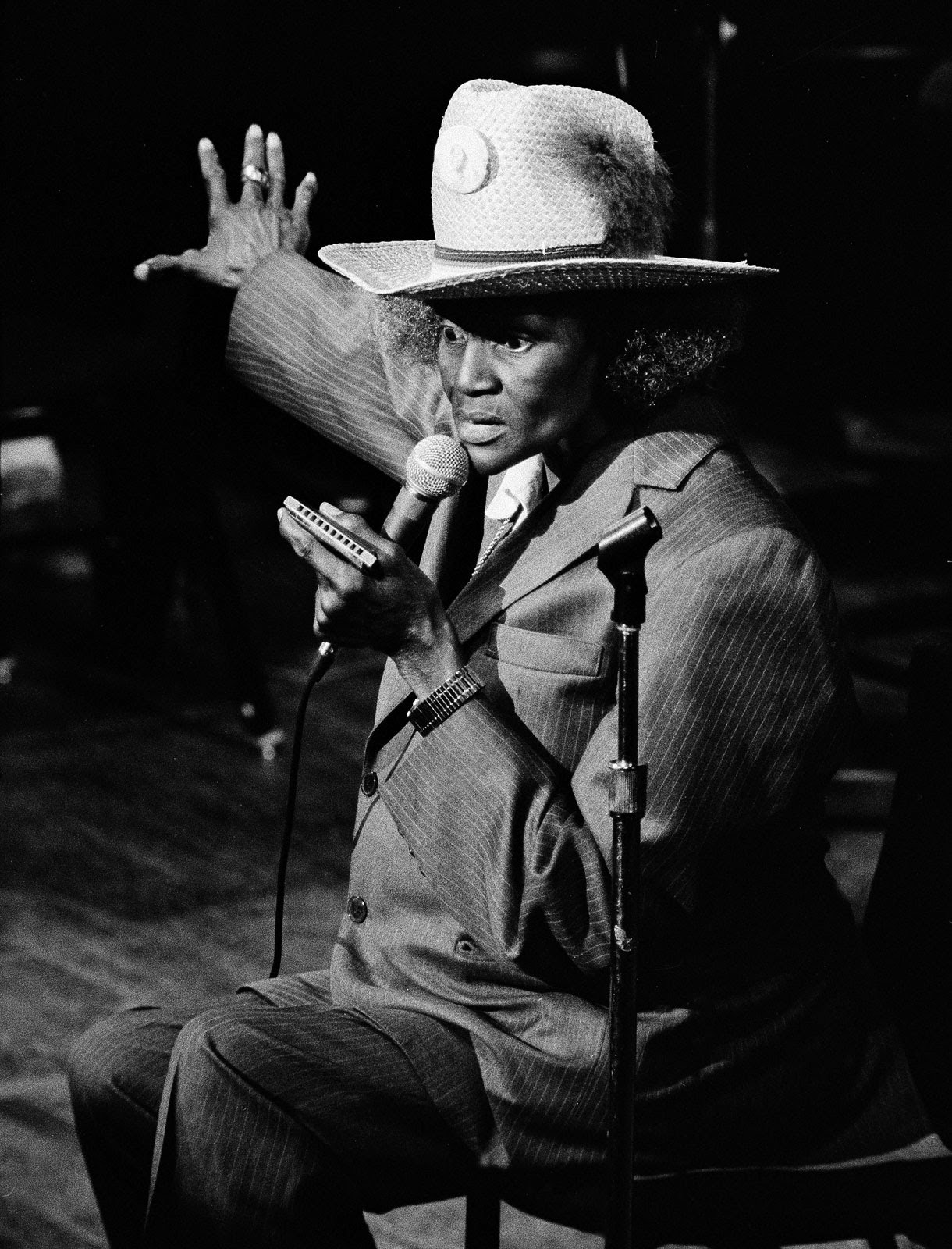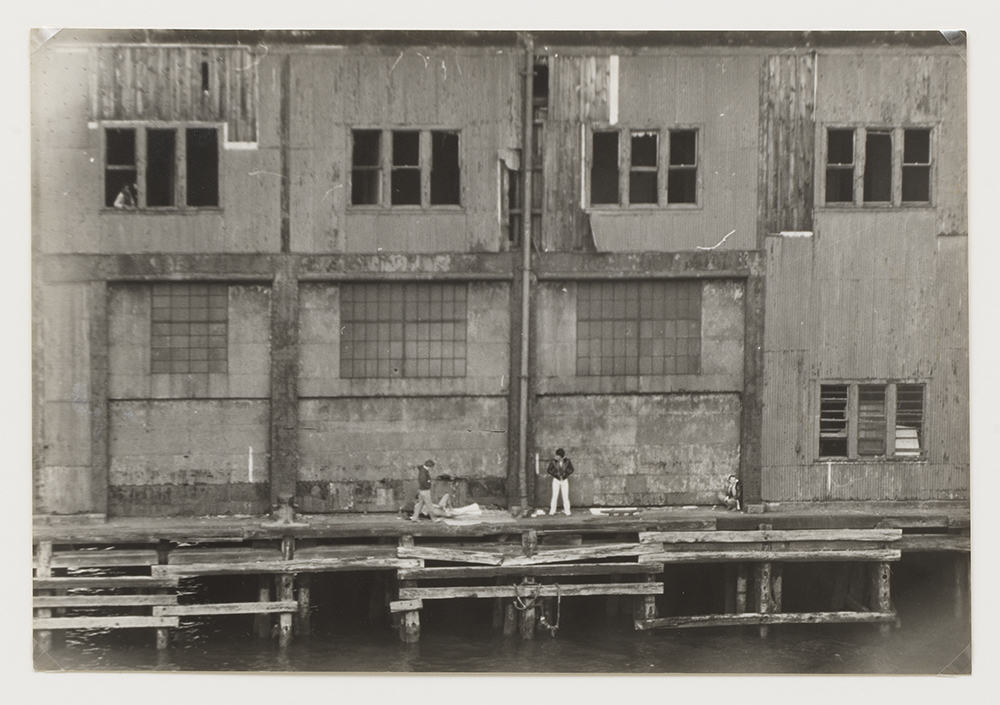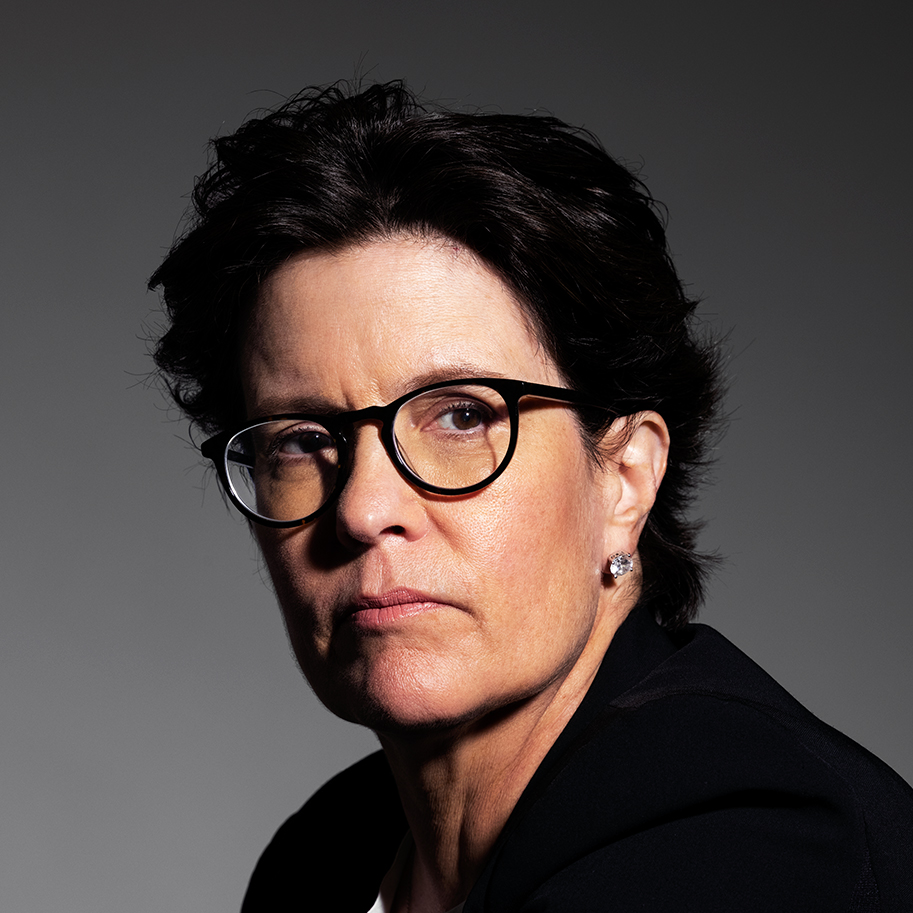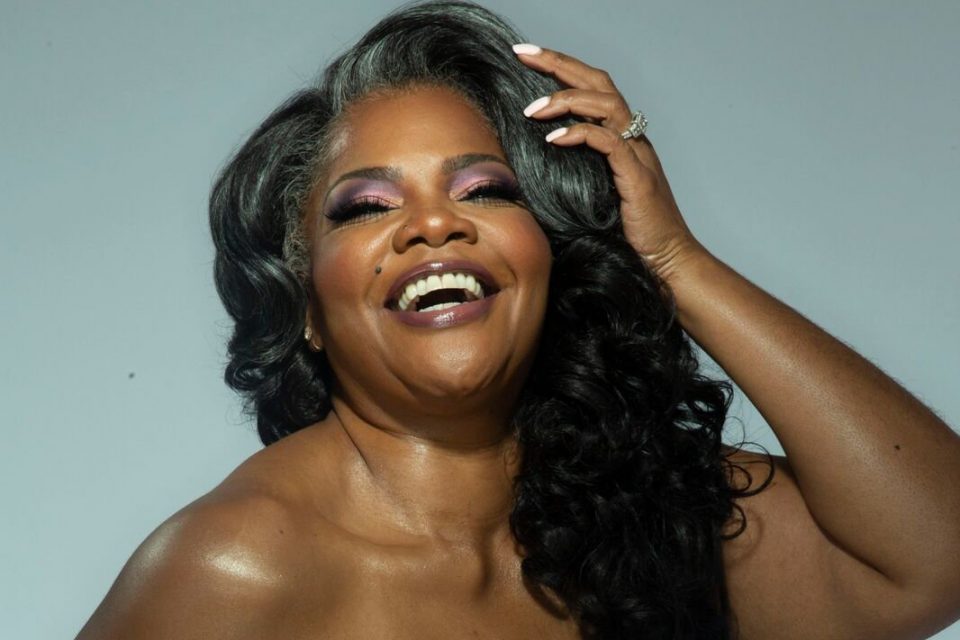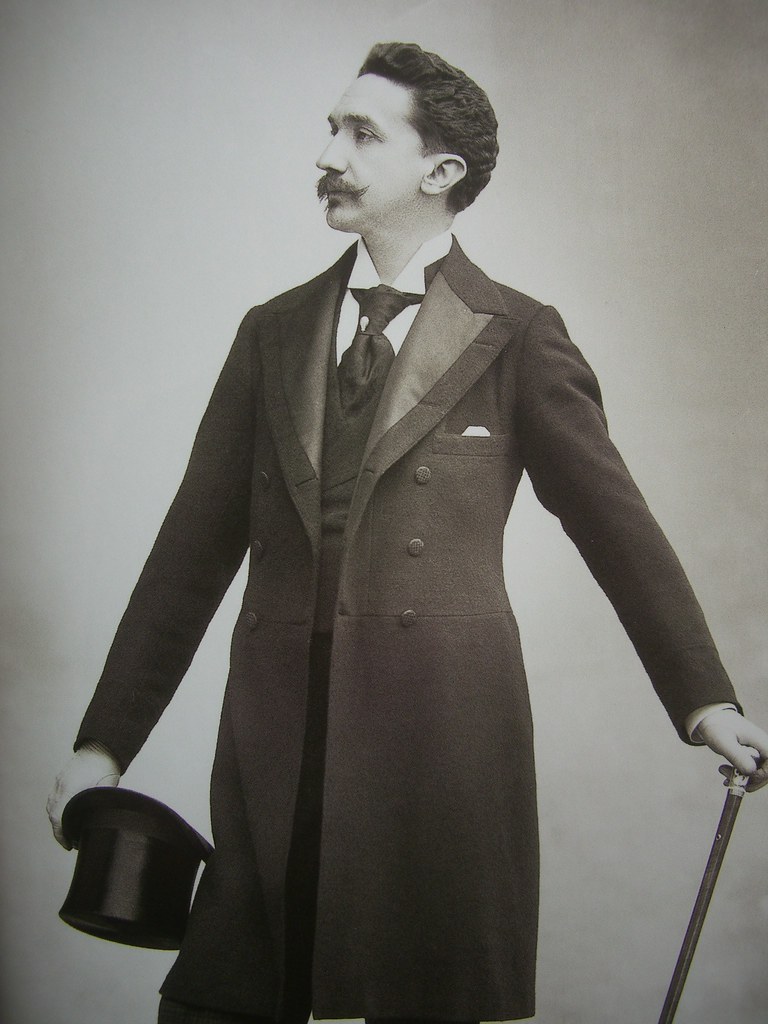December 11
JEAN MARAIS, French actor was born (d.1998); Marais was never much of an actor, and it is doubtful he would have achieved international fame had he not become Jean Cocteau’s lover, but he was, by universal acclaim, one of the most handsome men ever to appear in films. In the 1940s when he made most of his movies for Cocteau, actors were still slicking down their hair with Kreml and Vitalis. But he changed all that. His cheveaux fous and athletic good looks created a new style of postwar leading man.
When in 1946 he spent his time in Cocteau’s Beauty and the Beast, trapped within an ape-like costume, waiting for Beauty’s kiss to turn him once again into Jean Marais, Gay moviegoers around the world secretly wished that they were Josette Day who actually got to kiss the handsome actor’s fur face. What is perhaps most astonishing about the friendship between Cocteau and Marais is that the actor’s face in profile bore an astonishing resemblance to the boys Cocteau had been sketching for thirty years before meeting him.
BIG MAMA THORNTON, American singer born (d. 1984) An American Texas Blues, R&B singer and songwriter. She was the original singer to record the hit song "Hound Dog" in 1952. The song was #1 on the Billboard R&B charts for seven weeks. The B-side was "They Call Me Big Mama," and the single sold almost two million copies
In the 1950s female singers such as Ruth Brown, Koko Taylor, Dinah Washington, and Big Mama Thornton revived the tradition of the remarkably gutsy, pioneering female performers. Thornton, a powerful performer who frequently dressed in masculine clothing, released "Hound Dog" in 1953, three years before Elvis Presley's rendition. In a similar occurrence, she wrote and recorded "Ball n' Chain," which became a hit for her. Janis Joplin, a rock and roll singer from Texas, later recorded "Ball and Chain," and it became a huge success in the late 1960s.
ALVIN BALTROP was an American photographer born on this date (d: 2004); Baltrop's work focused on the dilapidated Hudson Rovier piers and gay men during the 1970s and 1980s prior to the AIDS crisis.
Baltrop enlisted in the Navy as a medic during the Vietnam War and continued taking photos, mainly of his friends in sexually provocative poses. He built his own developing lab in the sick bay, using medic trays for developing trays. After his time in the Navy, Baltrop worked odd jobs as a street vendor, a jewelry designer, a printer, and a cab driver. Because he wanted to spend more time taking photos at the Hudson River piers, he quit his job as a cab driver to become a self-employed mover. He would park his van at the piers for days at a time, living out of his van to take pictures.
From 1975 through 1986, Baltrop took photographs of the West Side piers, where he was a well-known member of the community. Baltrop knew every person he photographed, and people often volunteered to be photographed. Younger boys and men at the piers often confided in him about their sexual orientation, their relationships with their families, their housing status, and their work.
Baltrop’s photographs of life on Manhattan's West Side piers was an area directly connected with cruising, anonymous sex, and the occasional art intervention.
Baltrop captured the gay cruising spots and hookup culture that existed in New York City before the AIDS epidemic. Baltrop's photographs not only captured human personalities, but also the aesthetics of the dilapidated piers. His life work is a snapshot of gay, African-American, and New York City history.
Baltrop struggled to make his way in the art world, facing racism from the white gay art world. Gay curators often rejected his work, accused him of stealing it, or stole his work themselves. Late during the 1990s, NYC artist John Drury, who knew Alvin from their shared neighborhood — Drury living on Third Street with his wife, and Baltrop on Second Street, in lower Manhattan — befriended the artist and recognized the photographer's unique abilities, nominating him for a Louis Comfort Tiffany Foundation Award for the Arts. Alvin Baltrop had few exhibits in his lifetime; his work gained international fame only after his death. He is currently the subject of a retrospective exhibition of his work, "The Life and Times of Alvin Baltrop" at the Bronx Museum through February 9, 2020. The exhibition features over 200 photographs drawn from the Bronx Museum’s permanent collection and from private collections. In addition, the artist’s personal archive, housed at the Bronx Museum, will be shown to the public for the first time.
KARA ANNE SWISHER born on this date, is an American journalist. She has covered the business of the internet since 1994. As of 2023, Swisher was a contributing editor at New York Magazine, the host of the podcast On with Kara Swisher, and the co-host of the podcast Pivot.
In 2014 she co-founded Vox Media's Recode. From 2018 to 2022, she was an opinion writer for The New York Times, before re-joining Vox Media. She has also written for The Wall Street Journal, The Washington Post, the All Things Digital conference and the online publication All Things D. A self-described "liberal, lesbian Donald Trump of San Francisco" in 2016, she expressed interest in running for political office in San Francisco.
Swisher became a contributing writer to the New York Times' Opinion section in August 2018, focusing on tech. She has written about topics such as Elon Musk, Kevin Systrom's departure from Instagram, Google and censorship, and an internet Bill of Rights.
In September 2020, the Times premiered Sway, a semiweekly podcast hosted by Swisher focused on the subject of power and those who wield it, with Nancy Pelosi featured as her first guest. Other guests have included Georgia politician and voting rights activist Stacey Abrams, Airbnb CEO Brian Chesky, actor Sacha Baron Cohen, Apple CEO Tim Cook, entrepreneur Mark Cuban, Microsoft co-founder and philanthropist Bill Gates, former Presidential candidate Senator Amy Klobuchar, United States Secretary of Transportation Pete Buttigieg, film director Spike Lee, Parler CEO John Matze, Georgia Secretary of State Brad Raffensperger, USSF CSO Gen. John W. Raymond, and social activist and celebrity Monica Lewinsky.
In June 2022, Swisher announced she'd be leaving the New York Times to pursue a new project at Vox Media's New York Magazine. Swisher became an editor-at-large and the host of On with Kara Swisher in September 2022.
Swisher married engineer and technology executive Megan Smith in Marin County in 1999 at a time when marriage equality was not legal in California. They had additional legal wedding ceremonies in 2003 in Niagara Falls, Canada, in 2004 as part of the San Francisco 2004 same-sex weddings, and again in San Francisco, California in November 2008 in advance of California Proposition 8, which declared same-sex marriages invalid in California. Swisher and Smith have two sons, Louis and Alexander. They separated in 2014, and were divorced as of 2017. Swisher married Amanda Katz on October 3, 2020, with whom she has two children.
In 2011 Swisher suffered a "mini-stroke" while on a flight to Hong Kong, where she was subsequently hospitalized and put on anticoagulant medication. She wrote about the experience in a remembrance of Luke Perry, after a stroke led to his death in 2019.
Swisher is known for wearing dark aviator sunglasses even while indoors, explaining "I have light sensitivity a little; I just don’t like bright lights."
MO'NIQUE, (nee Monique Angela Hicks) is an American stand-up comedian and actress. She has receved various accolades, including an Academy Award, BAFTA Award, Golden Globe Award, and Screen Actors Guild Award.
Mo'Nique portrayed Nicole "Nikki" Parker on the UPN television series The Parkers from 1999 to 2004. She was featured on many leading stand-up venues such as Showtime at the Apollo, Russell Simmons' Def Comedy Jam, and Thank God You're Here. Mo'Nique tackles race issues in her stand up routines, for instance at the Montreal Just For Laugh Festival in 2000: "White and black people, we're just mad at each other, we don't know why we're mad at each other. We're not each other's enemy. We're not the enemy. It's the Chinese people we need to watch out for".
In 2005, Mo'Nique played a significant role in Tony Scott's thriller Domino, co-starring Keira Knightley and Mickey Rourke. In 2006, Mo'Nique was cast as the lead in Phat Girlz, a comedy about an aspiring fashion designer struggling to find love and acceptance. The film was met with lukewarm response from critics and fans. It did earn back its $3 million production cost in its first weekend of release.
Mo'Nique's first play was Eve Ensler's Obie Award-winning production of The Vagina Monologues in March 2002. Mo'Nique, Ella Joyce (Roc); Wendy Raquel Robinson (The Steve Harvey Show and The Game) and Vanessa Bell Calloway (What's Love Got to Do with It), were the first all black celebrity cast to perform The Vagina Monologues. Produced by YYP & Associates, the show was directed by playwright and director Yetta Young as well as co-produced by Kellie R. Griffin, Lisa D. Washington and Anita Cal. Mo'Nique is the author of the best-selling book Skinny Women Are Evil: Notes of a Bigg Girl in a Small-Minded World. She also released a 2006 cookbook called Skinny Cooks Can't Be Trusted. Mo'nique was part of the Washington, D.C., WHUR radio show with George Wilborn. In 2006, she occasionally filled in for afternoon personality Michael Baisden when his contract with ABC Radio was in the process of getting renewed.
She was also named hostess of Showtime at the Apollo. She was the hostess and executive producer of Mo'Nique's Fat Chance, a beauty pageant for plus-sized women, on the Oxygen cable network. She hosted the first season of Flavor of Love Girls: Charm School on VH1 where she crowned Saaphyri as the winner. Mo'Nique's 2007 documentary I Coulda Been Your Cellmate! focuses on incarcerated women. In interviews with individual women, she touches on the common factors that bring many women into the penal system.
From 1997 to 2001, she was married to Mark Jackson. They have two sons: Mark Eric Jackson Jr. and Shalon Calvin Jackson. Mo'Nique gave birth to twin sons Jonathan and David Hicks in October 2005, two months early. In 2006, she married their father Sidney Hicks. In a New York Times profile, she mentions that she and Hicks have an open marriage.
In her Netflix special My Name is Mo'Nique, released in April 2023, Mo'Nique disclosed that she experienced sexual attraction to women, stating that she was "not all the way" a lesbian, but that "when you're born with that, there’s absolutely nothing you can do about it. Nothing. And please understand that I tried."
MARIE JOSEPH ROBERT ANATOLE, COMTE de MONTESQUIOU-FEZENSAC was a French aesthete, Symbolist poet, art collector and dandy, who died on this date (b: 1855); He is reputed to have been the inspiration both for Jean des Esseintes in Joris-Karl Huysmans' À rebours (1884) and, most famously, for the Baron de Charlus in Marcel Proust's À la recherche du temps perdu. He also won a bronze medal in the hacks and hunter combined event (an equestrian event) at the 1900 Summer Olympics.
Robert de Montesquiou was a scion of the French Montesquiou-Fézensac family. His paternal grandfather was Count Anatole de Montesquiou-Fézensac, aide-de-camp to Napoleon and grand officer of the Légion d'honneur; his father was Anatole's third son, Thierry, who married Pauline Duroux, an orphan, in 1841. With his wife's dowry, Thierry bought a Charnizay manor, built a mansion in Paris, and was elected Vice-President of the Jockey Club. He was a successful stockbroker who left a substantial fortune.
One author provides the following verbal portrait of Montesquiou: "Tall, black-haired, Kaiser-moustached, he cackled and screamed in weird attitudes, giggling in high soprano, hiding his black teeth behind an exquisitely gloved hand—the poseur absolute."
"Montesquiou's homosexuality was patently obvious, but he may in fact have lived a chaste life. He had no affairs with women, although in 1876 he reportedly once slept with the great actress Sarah Bernhardt, after which he vomited for twenty-four hours. (She remained a great friend.)
In 1885, he began a close long-term relationship with Gabriel Yturri, a South American immigrant from Tucuman, Argentina, who became his secretary, companion, and lover. After Yturri died of diabetes, Henri Pinard replaced him as secretary in 1908 and eventually inherited Montesquiou's much reduced fortune. Montesquiou and Yturri are buried alongside each other at Cimetière des Gonards in Versailles, Île-de-France, France.
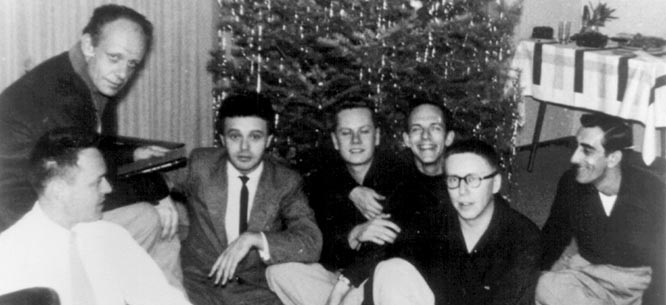
First organized discussion group of Harry Hay’s secret society, which would become known as THE MATTACHINE SOCIETY.
The Mattachine Society is usually regarded as America’s first Gay Rights advocacy group. They met in secret due to the atmosphere of the time, and organized in cells (Hay had been involved with the Communist Party in the U.S. -- along with actor Will Geer -- and he used their organizational model).
In 1951 Dale Jennings was arrested on police entrapment charges. Police entrapment was a common form of harassment against homosexuals then. Suspects’ names were printed in the newspapers, which caused many to lose their jobs and become estranged from their families.
By standing up to defend Jennings, the Mattachine Society not only rose to the defense of one of their members, but also took on the notorious Los Angeles Police Department for its pattern and practice of homosexual harassment. Jennings’ charges were dismissed due to the judge catching the arresting officers in a lie. This victory was not reported in the newspapers, but the Mattachine Society took it upon themselves to publicize it through flyers distributed throughout Los Angeles to areas where homosexuals met. The result was a swelling of attendance at Mattachine Society meetings.
The origins of standing up to entrapment was one of the main underpinnings of the activism. When Rudi Gernreich died in 1985, he left the bulk of his estate to establish a defense fund for Gay men who were facing prosecution due to entrapment.
Subscribe to Gay Wisdom
Would you like to have Today in Gay History (aka Gay Wisdom) sent to you daily?


